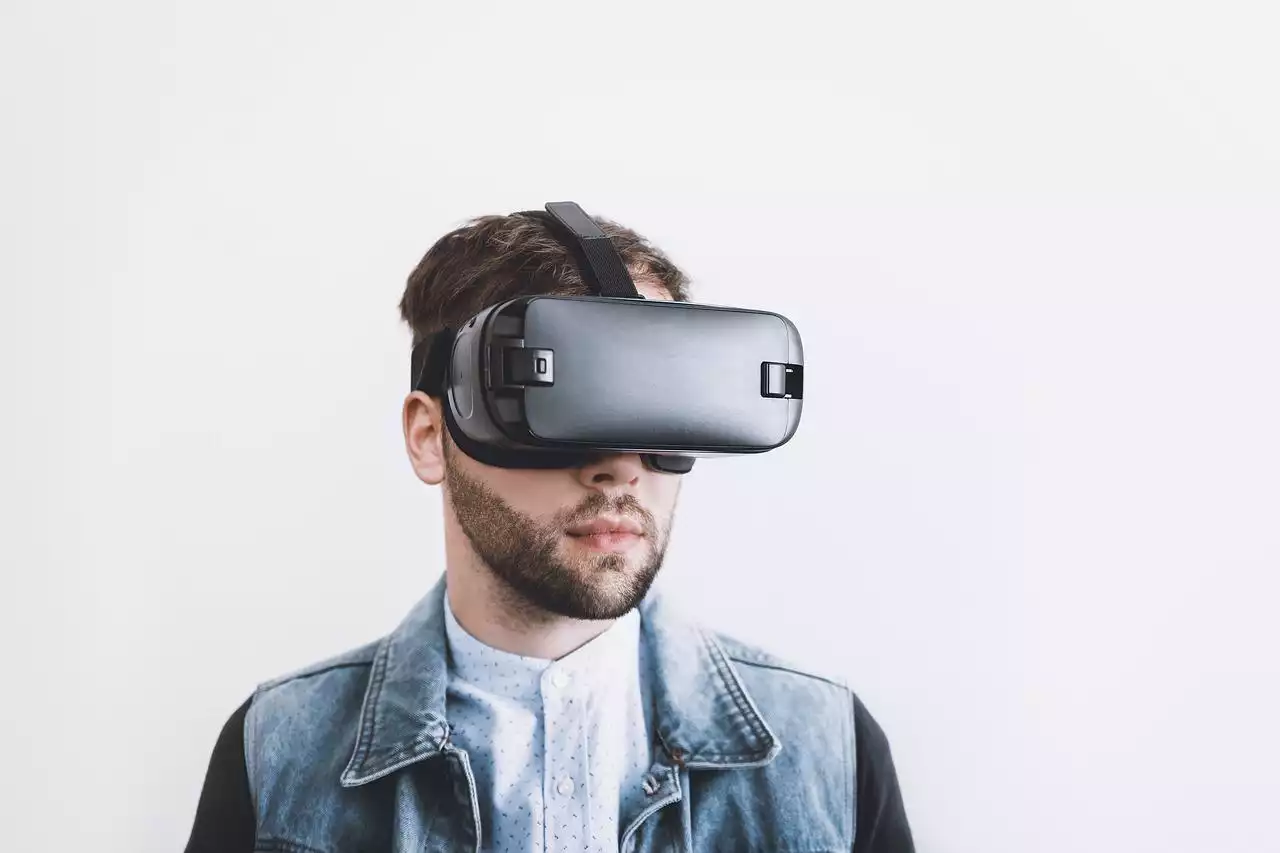Virtual reality (VR) has the potential to transform medicine, transforming the way that patients and doctors interact and the way that patients experience their medical treatments. Virtual reality can help patients feel more connected to their doctors, hospitals, and medical treatments, potentially reducing the anxiety and stress of medical visits and treatments. It can also accelerate the pace of medical research and provide new ways to treat older patients, patients with disabilities, and patients in remote regions.
Virtual reality has been used in healthcare for decades. The first VR headsets appeared in the early 1980s and have been used in a variety of settings and industries ever since. Virtual reality in healthcare is still in its infancy, but there are already promising signs that virtual reality medicine and technology could soon become a reality for patients everywhere.
In this article, we’ll explore how virtual reality can impact healthcare and answer common questions about virtual reality medicine and technology.
Benefits of Virtual Reality in Healthcare
VR systems can be used to improve communication between patients and doctors, reducing anxiety and increasing patient satisfaction. In addition, VR can reduce doctors’ and patients’ travel time by providing remote consultations and medical training. VR can also be used to provide virtual medical consultations for patients who live in remote locations where there is no access to specialists or treatments.
VR also has the potential to transform the way that medical devices are used. VR can be used to create virtual models of human anatomy and surgical procedures, helping patients understand what procedures will be done and reducing risks.
VR can also be used to provide more realistic training for medical professionals, enhancing teamwork and collaboration. VR training can be used to provide virtual medical education, as well as to provide hands-on training.
How Virtual Reality is Used in Healthcare
VR is most frequently used in four areas: medical education, remote consultations, medical training, and simulation.
VR education - VR education services are used to provide virtual medical consultations. Virtual consultations are designed to help medical professionals and others learn new skills, such as how to provide care to patients with new medical conditions. VR education services can also be used to provide virtual lectures or in-person training for new skills or procedures, such as in surgical procedures or drug education.
VR remote consultations - VR remote consultations are used to provide virtual consultations at locations that don’t have access to specialists or treatments, such as in remote locations or locations that have difficult access to healthcare providers, such as in the military or developing countries. VR remote consultations can also be used to provide virtual consultations for patients with certain medical conditions that require frequent or constant care like dialysis patients or patients with disabilities.
VR medical training - VR medical training is used to provide hands-on training for medical professionals or assist with skill development for medical professionals. VR medical training can also be used to provide virtual simulations that allow medical professionals to practice on patients or in areas that are unsafe or uncomfortable, such as in military environments. Virtual simulations can also be used to provide simulation-based training, where users can experience what it’s like to perform certain procedures or work with specific medical devices, such as working with a robotic arm or performing CPR on a person.
Virtual Reality in Healthcare: A Vision into the Future
VR has the potential to transform healthcare in many ways. Patients would have the opportunity to feel more connected to the medical care they receive, reducing the anxiety and stress associated with medical visits and treatments. In addition, VR could help increase the pace of medical research and develop new treatments for older patients, patients with disabilities, and patients in remote locations.
VR has many advantages over other computer technologies like remote consultations, remote medical training, and virtual surgery. VR provides an interactive environment that can be more realistic than other technologies. VR lets users experience sights, sounds, and even touch like they would in the real world. Unlike other computer technologies, VR lets users move around in a virtual environment, which provides more realistic immersion. VR also lets users interact with the virtual environment by moving their head and by using controllers, which allows for more realistic interaction.
What’s next for VR in Healthcare?
With so many potential benefits of VR, it’s no wonder that healthcare providers and researchers are intrigued by the technology. VR has a lot of potential to improve patient care, but the question is: will it be used to improve care?
Healthcare providers are already starting to use VR for healthcare services. It can be difficult to assess VR adoption across all healthcare providers, but anecdotal evidence from various sources indicates that VR has been used in a wide range of settings and industries.
Healthcare organizations, such as hospitals and clinics, can provide VR consultations and remote consultations to help with medical conditions that require constant care like dialysis patients or patients with disabilities. Hospitals can also provide VR devices to clinicians providing remote medical training to help with complex skills.
Whether it’s used for education, remote consultations, medical training, or simulation, VR has the potential to change the way that healthcare providers provide care.


 Charles Darwin and His Famous Work
Charles Darwin and His Famous Work
 Harnessing the Power of AI for Competitive Analysis
Harnessing the Power of AI for Competitive Analysis 7 Time-Saving AI-Powered Browser Extensions
7 Time-Saving AI-Powered Browser Extensions What Technology is in a Modern Day Operating Theater?
What Technology is in a Modern Day Operating Theater? Medicine and the Impact of Technology
Medicine and the Impact of Technology How Machines and Technology have Changed Medicine
How Machines and Technology have Changed Medicine Heart Surgery and the Use of Technology
Heart Surgery and the Use of Technology